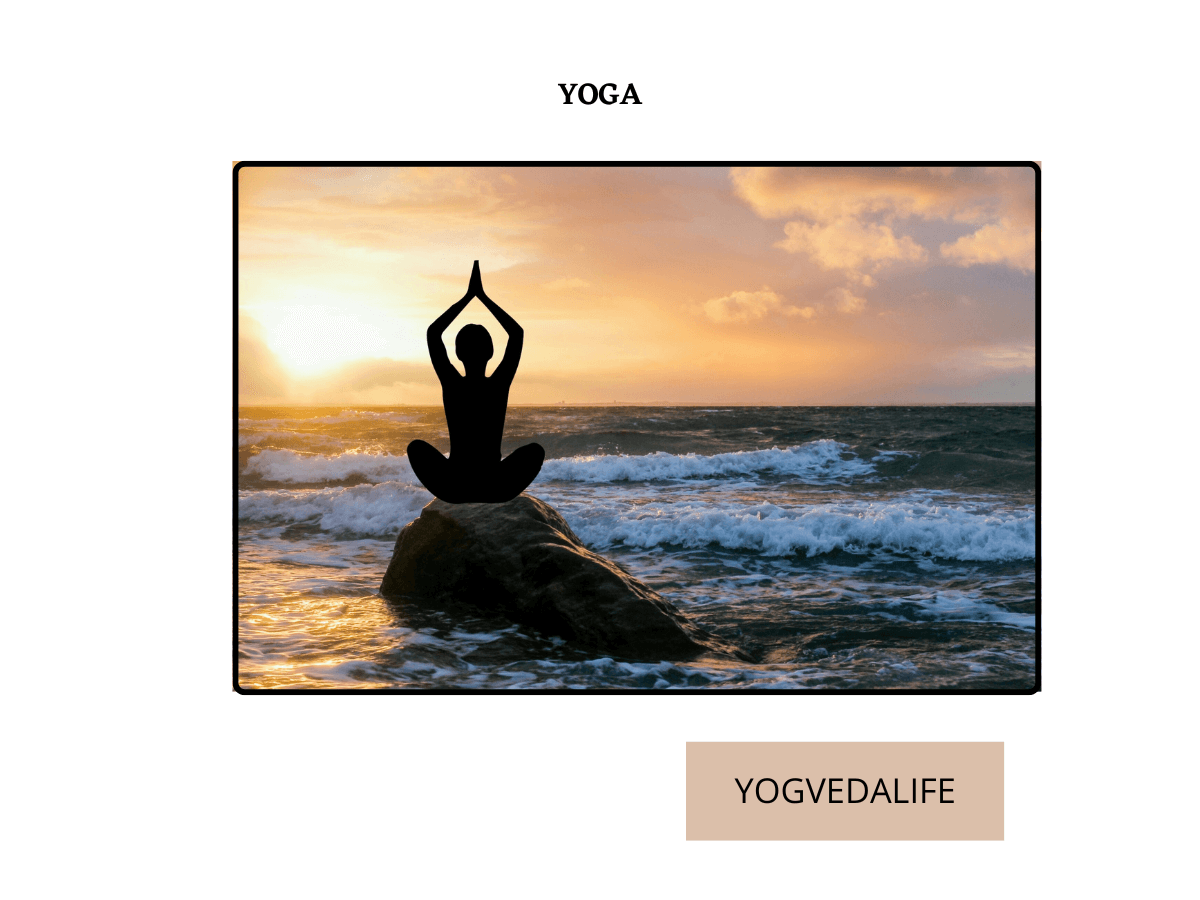Yoga is the traditional healing system that started early in civilization. It brings harmony between an individual’s body, mind, and spirit.
Yoga is regarded as one of the prime healing methods as it channelizes energy in a positive direction in the body, which helps human anatomy in proper function.
Rapidly growing life in modern times has made people so engrossed in the daily struggle to maintain appropriate societal status that they barely look into the constituents concerning their health and well-being. Many groundworks prove increasing rates of work pressure result in stress among people.
Thus, due to all these factors, the benefits of yoga have increased in the modern century.
Yoga reduces stress

- Yoga and meditation are particularly effective in reducing chronic stress.
- Yoga emphasizes breathing and conscious relaxation that activates the parasympathetic nervous system (relaxation response), which leads to a peaceful and relaxed mind.
- A feel-good hormone is released when the relaxation response is brought to mind, resulting in mental calm.
- Yoga and meditation are becoming increasingly popular as conscious and embodied ways of healing that help in the development of a relaxed and peaceful state of mind.
2. Yoga streghtens immune
- The contracting stretching and twisting involved in yoga posture enhance the circulation of blood and body fluids.
- It increases the drainage of lymph (a viscous flow rich in immune cells) which helps the lymphatic system fight infections and detoxify body cells.
3. Yoga eases pain

- Many studies have shown that yoga asanas and meditation, or a combination of both, reduce pain.
- Regular yoga practice can help patients reduce disability, and enhance their quality of life by promoting a positive outlook and making pain easier to manage.
4. Yoga strengthens the lungs
- Abdominal, thoracic, and clavicular breathings are used in yoga asanas to gain control of breath.
- When practiced frequently, they help to refine breathing by extending the inhalation and exhalation process.
- It cures various respiratory ailments such as cough, cold, sinus, asthma, etc.
5. Yoga improves flexibility and posture

- Yoga involves stretching and relaxation that helps to relieve tension and stress-carrying muscles.
- Yoga requires the practitioner to hold gentle poses for 10 to 60 seconds.
- In the posture, muscles flex while others stretch, enriching muscle and joint relaxation.
- Consistent practice and application of yoga, results in improved posture and a greater sense of balance with the head, shoulder, and pelvis in proper alignment.
- Yoga also stretches and strengthens both sides of the body equally, unlike many other types of exercises.
- Maintaining proper body alignment and posture can also reduce or avoid lower back discomfort.
6. Promotes healthy body weight and lifestyle
- The research found people practicing yoga are more mindful eaters than people who don’t.
- It focuses on what one is experiencing in the present moment.
- It makes them more sensitive to hunger cues and feelings of fullness.
- According to researchers, people who practice yoga for at least 30 minutes once a week gain less weight in middle adulthood and overweight people lose weight.
- People practicing yoga, are found to have lower body mass indexes (BMIs)in comparison to the others.
7. Builds inner awareness.
- The purpose of yoga is also to expand human consciousness which makes us increasingly aware of the present moment.
- Observation and awareness play a very critical role.
- Practicing yoga is not about holding the pose, but rather about focusing on what the muscle does.
- It involves focusing on the coordination of breath, the mind, and the muscles and observing and connecting how certain moments affect breathing patterns.
- As a result, the more aware one is, the more one understands. This has an impact on, how one views the world, makes decisions, and self-disciplines.
8. Reduce negative thoughts and anxiety.

- Yoga has become an effective antidote to the emotional and psychological issues of an individual.
- A yoga routine that involves mindful meditation works on increasing one’s awareness of the present.
- It is opposed to resisting or escaping unpleasant or negative thoughts.
- Meditation in the context of yoga develops constant awareness of one’s thoughts, feelings, and emotions and aids disengaging from a Judgmental perspective.
- Consistency can help individuals feel they are actively addressing their issues and maintaining control over their emotional well-being.
Yoga asanas compress and decompress certain glands and chakra; Which balance hormone secretion and a sense of general well-being. With the specific combinations of asanas, breathing methods, and meditation, negative tendencies can be managed and troublesome tendencies can be removed.

